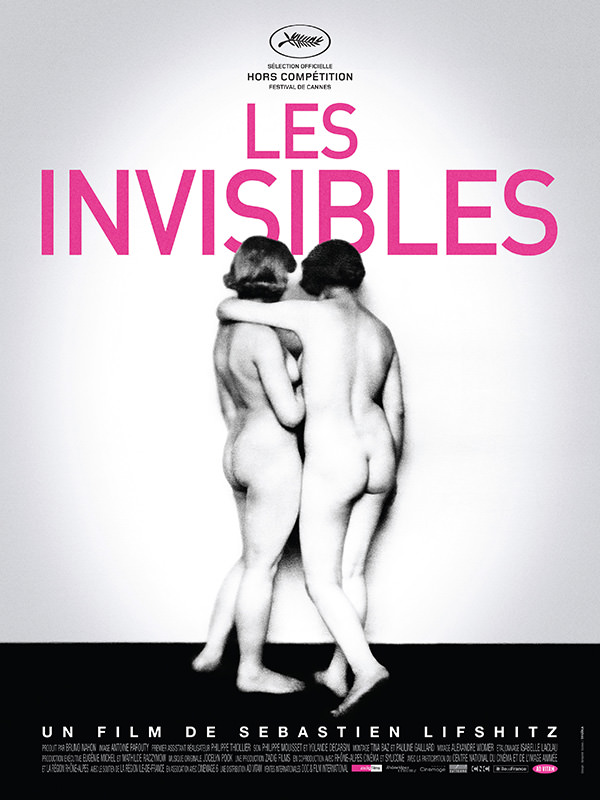There is a lot to love about Netflix’s Tales of the City, a revival of several original miniseries based on the novels by Armistead Maupin. In moments it is lovely. There are a handful of scenes where the writing, acting, and gutsiness of the underlying story cohere into something raw and striking and well made.
The original Tales of the City miniseries, which first aired on PBS in 1994, is the story of Mary Ann Singleton, a young woman from Cleveland who goes on vacation in San Francisco and decides to move there. It’s set in 1975, and Mary Ann is as green as they come, shocked by the joint her landlady tapes to the welcome note, by the gay men she meets in the grocery store, by her high-school friends’ sexual forwardness, by everything. When Tales of the City appeared on PBS, Mary Ann was not alone in her wide-eyed alarm — in spite of critical praise and strong ratings, PBS received enough blowback to the series that it declined to air the sequels More Tales and Further Tales.
There was sex on the original Tales of the City, but the response to the show had as much to do with its framing as the content. Maupin’s San Francisco begins in the 1970s, before AIDS, before the worst violence of drug wars and overdosing, after the initial counter-culture movements of the ’60s but before the conservative backlash of the ’80s and ’90s got into full swing. Twenty-eight Barbary Lane, the small apartment complex Mary Ann moves into, is a sweet, earnest, optimistic place full of San Francisco bohemians. It’s full of young people, and overseen by caftan-wearing, joint-distributing Anna Madrigal, Barbary Lane’s matriarch, who has secrets but is not traumatized by them. None of the young people of Barbary Lane, straight or queer, start from a place of shame. As much as anything else, the threat of the original Tales of the City was not that it was full of sex, drugs, and queerness. It was that its characters’ lives were full and good, and they were often very happy.
The sweetness and sincerity of the original series has returned in the Netflix revival, as have many of the original cast and characters. Laura Linney and Olympia Dukakis reprise the roles of Mary Ann and Anna Madrigal, as does Paul Gross as Mary Ann’s former boyfriend Brian. There’s also Michael (Murray Bartlett), a cheerful gay Barbary Lane resident from the original series, and his new boyfriend Ben (Charlie Barnett), as well as a new set of younger characters, including Brian’s daughter Shawna (Ellen Page), young queer couple Margot (May Hong) and Jake (Josiah Victoria Garcia), and a brother and sister pair of social media influencer types (Ashley Park and Christopher Larkin). As in the original series, the makeup of Barbary Lane residents is meant to reflect San Francisco at a certain moment in time — older people, younger people, all with shifting ideas of what identity means and how the world works.
The new Tales of the City is set in current-day San Francisco, but you could be excused for not recognizing it. There’s no encroaching Silicon Valley and there are no tech bros. Social media and digital spaces are relegated to jokes, the sole property of the influencer siblings who are meant to be funny and who are instead just laughable. There is a real-estate crisis, but it too is mostly a small joke plot rather than a dominating source of anxiety. There are protest scenes, but they feel goofy rather than furious.
A few decades ago it may have felt radical for the original Tales of the City to invent an edenic space for sex and drugs and happy queer freedom. Right now, it’s hard to not see that same impulse as a little out of touch. For a series that ends each episode with a rainbow splash screen rather than a cut to black, its storytelling and internal logic too often feel black and white. And perhaps most frustratingly, there’s just too much of it. It’s too bad. A Tales of the City that found a way to be joyful and sweet while also letting its characters be flawed — and that knew the value of a concise story — would have been so welcome. This version comes close, but not close enough.




